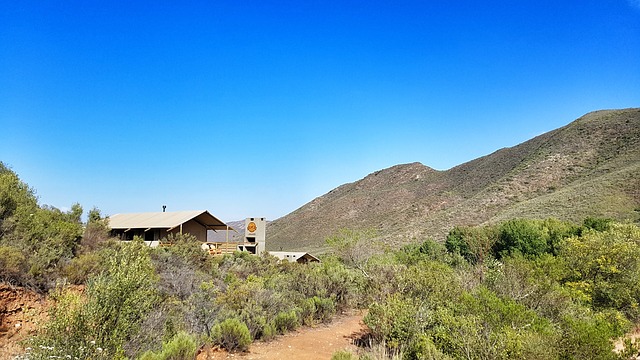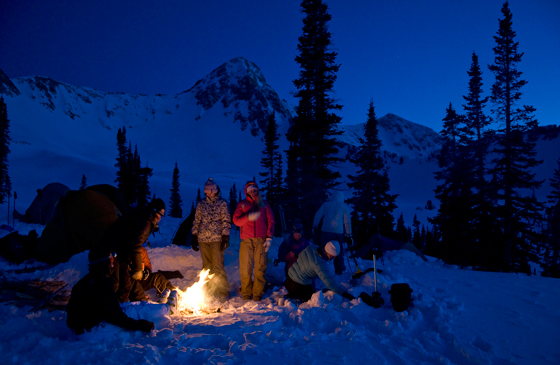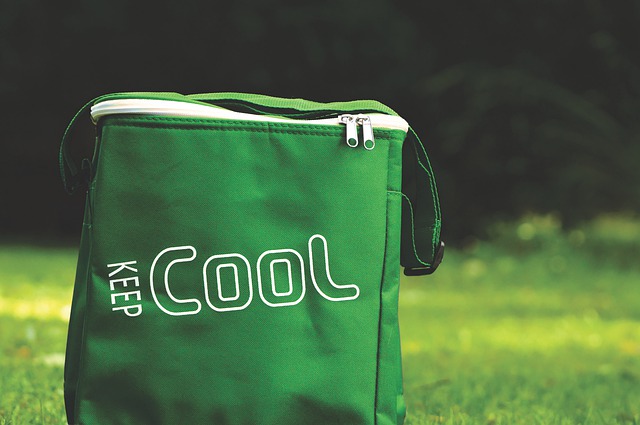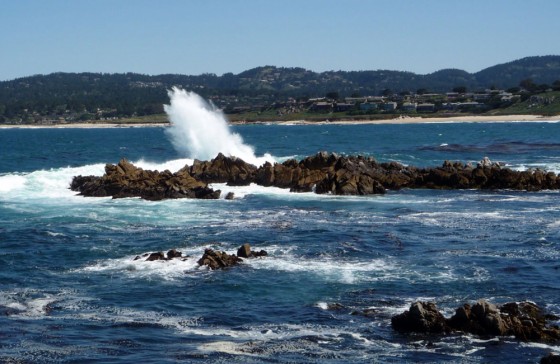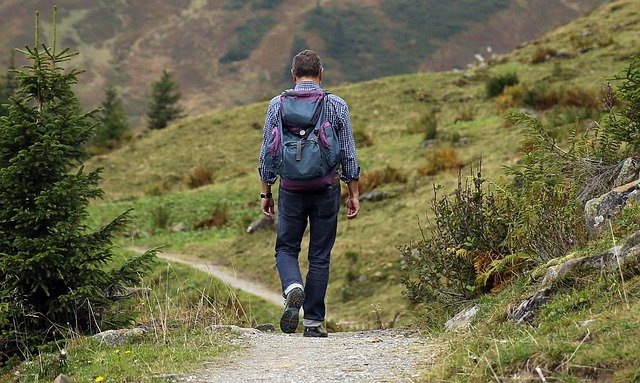I will never forget the first time I went camping with certain very civilized friends of mine.
Even though there were only three of us, we had to take two cars just to fit all the luggage, and setting up our site took hours. For me, a traditionally minimalistic person, this seemed like yet another example of a nice weekend retreat destroyed by over packing.
What purpose did a curling iron serve on a deserted riverside trail? Why would anyone need three sets of clothes for a two-day trip? These were some of the questions I inevitably put to my companions. But as it turned out, I was the one who couldn’t see the forest from the trees.
When embarking on a trip, most campers make a point of leaving behind the comforts they enjoy at home. This means stripping down to the bare essentials needed for survival and making sacrifices in regard to equipment and hygiene. Lately, however, a new fad is changing the way people experience the great outdoors: it’s called glamping.
A portmanteau of “glamour” and “camping”, it merges the indulgent nature of a vacation with the scenery of a campsite — and may soon become the preferred method for those seeking a quiet getaway. Even among frugal enthusiasts, it’s a good idea to incorporate a few frills into the mix, and I’ll tell you why.
Ten to twenty years ago, the game was different. Cell phones and laptops did not hold quite the popularity they do today, so people spent less time using them. As the world grew increasingly technical, expectations grew and suddenly campgrounds were offering wifi in their amenities packages.
For frequent campers, this change didn’t mean much more than sharing their space with the occasional pack of tourists, but to others, it meant the difference between whether or not they went at all. By staying connected to those left behind, they found the whole experience felt safer and less remote, which took the fear out of it. One extra indulgence quickly evolved into several, and a new branch of travel culture was born.
Glampers visit the same locales as campers do, but there are a few major differences in how they do it. One example of this is in their set up; since they view the tent as a sort of hotel room, décor is a priority. The temporary home is made to reflect the user’s personality and thus make the environment seem familiar.
With a comfortable place to stay, most glampers do not venture far off, instead enjoying the solitude to unwind. They are rarely against the idea of adventure, however, as spontaneity is a necessary part of the lifestyle. Glampers still participate in hikes and biking outings, albeit with less intensity than their athletic counterparts. Their main motivations are to try new things and spend time with friends, so there is never pressure to push themselves too far.
Perhaps the most important thing of all, though, is that everyone is welcome. Children, seniors, pets: no one is out of place when the demands are few, and each person contributes only as much as he or she wishes.
The “glamour” in glamping may seem like an invitation to ruin the best parts of a trek with too many conveniences, and in some ways, it is.
Bringing a surfeit of gear will spoil opportunities, as some will spend more time inside the tent than out of it, doing things they could have done without leaving their living room. A good balance, however, can add just the right amount of luxury to supplement the experience without marring its rustic feel.
Glamour gives you permission to bring the air mattress, so you can wake up to a day of fun and no back pain. It lets you bring electric lights and a GPS, so you can spend more time relaxing than working. The benefits will surprise you: it’s unlikely anyone in your party will object to staying a couple of extra days or to making plans for a return trip soon if everyone’s needs are met.
If you’re anything like me, pitching a tent in the woods is not just a way to escape the routine of everyday life; it’s also a chance to reacquaint yourself with friends and family. Part of the perspective nature gives you is a clear view of the important things, and personal relationships definitely make the cut.
Convincing the whole gang to come along, on the other hand, means meeting them halfway. The backpacker lifestyle is appropriate for some outings as glamper chic is for others; each trip will have its own personality, based on the people who take it.
That first weekend trip taught me far more about people than it did about survival, and my outings haven’t been the same since. One thing’s for sure: my circle of friends has grown richer since I allowed for a change in my routine, and I wouldn’t have it any other way.
So what does this mean for you? That depends on what you want to take away from the experience. You shouldn’t change the things that are important to you, but a little flexibility can make any trip better.
The next time someone agrees to go camping with you, don’t be the trip dictator. Make room for extra gear and allow everyone a generous yet reasonable limit for their luggage, such as two bags instead of one. Give advice rather than rules to beginners, and set an example by having a good attitude.
Like a glamper, open yourself to trying something new, and see how it works out. All in all, it’s still camping, just with plastic toilets, social networking, and little dogs.
This page is an archive. To learn more about archive pages click here
The responses below are not provided, commissioned, reviewed, approved, or otherwise endorsed by any financial entity or advertiser. It is not the advertiser’s responsibility to ensure all posts and/or questions are answered.
